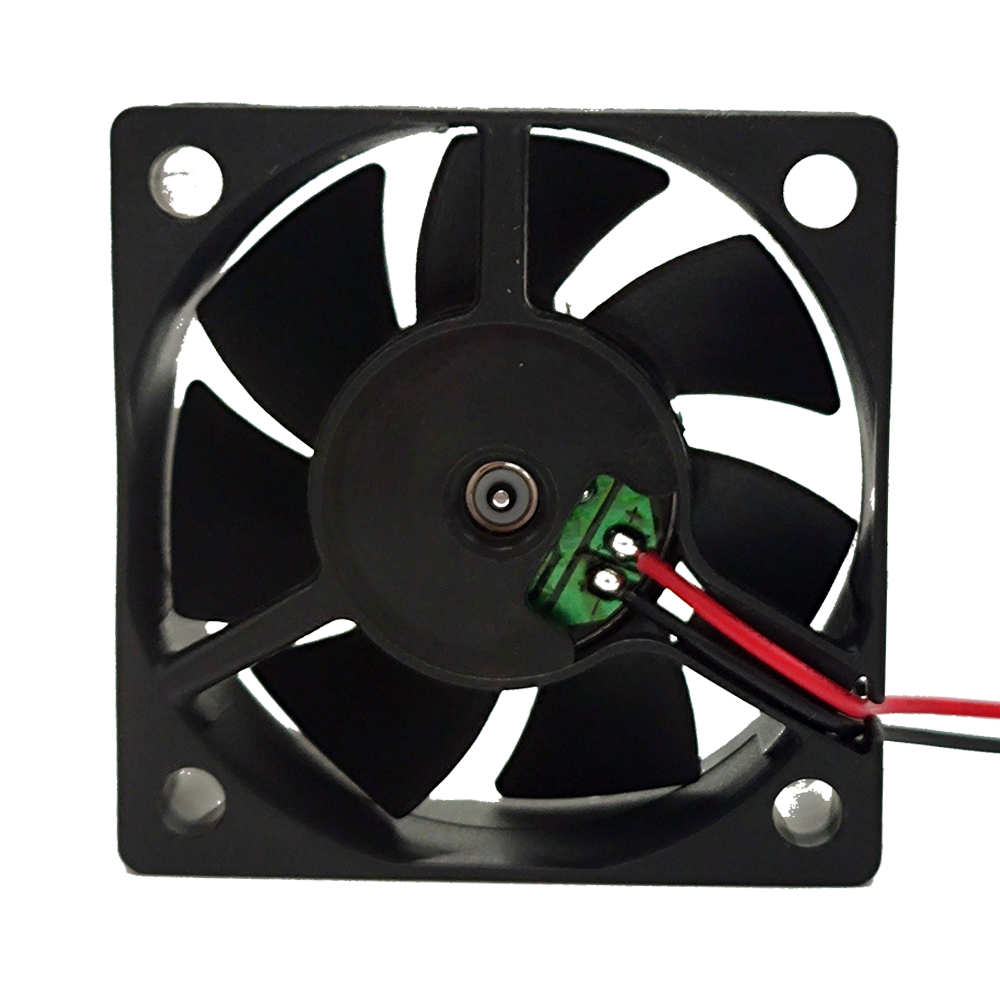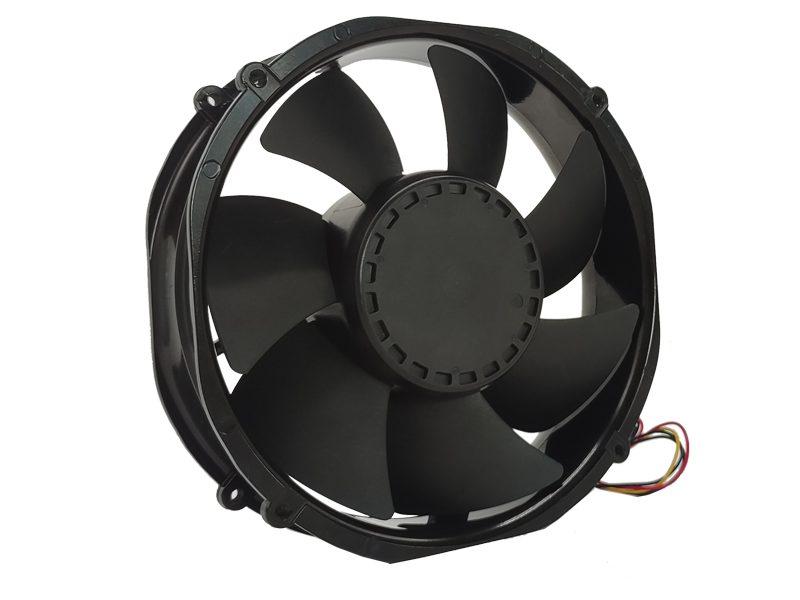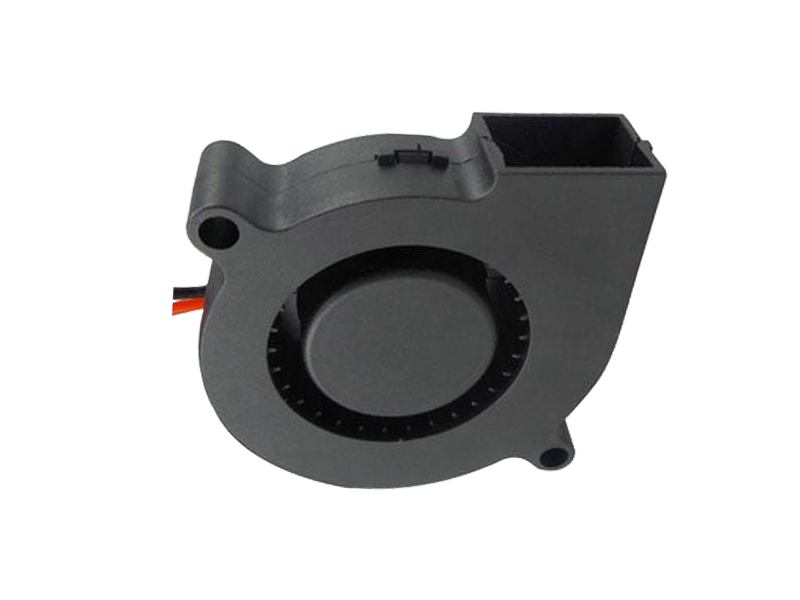Industrial fans, once viewed as rudimentary mechanical devices for air movement, have undergone a technological metamorphosis. Modern iterations are hybrid systems blending advanced aerodynamics, smart controls, and predictive analytics, redefining their role in manufacturing, energy, and agriculture.
1. Motor Technology: The Heart of Efficiency
The transition from AC induction motors to permanent magnet synchronous motors (PMSM) marks a paradigm shift. PMSMs offer 20-30% higher energy efficiency, critical for 24/7 operations like steel mills or data centers. For example, Siemens’ HVLS (High-Volume, Low-Speed) fans now use PMSMs with regenerative braking, feeding surplus energy back into the grid. Even more radical is the adoption of switched reluctance motors (SRM), which eliminate rare-earth magnets while maintaining torque density—a breakthrough for cost-sensitive industries.
2. Material Science: Lighter, Stronger, Corrosion-Resistant
Carbon fiber composite blades, once exclusive to aerospace, now feature in heavy-duty fans. A 12-foot carbon fiber blade weighs 40% less than aluminum yet resists 150 mph winds. For corrosive environments (chemical plants, offshore platforms), titanium-nickel alloys and PEEK polymers prevent degradation. 3D printing enables hollow blade structures with internal ribbing, reducing weight without sacrificing stiffness—a game-changer for mining ventilation fans operating at 10,000-foot altitudes.
3. Aerodynamic Breakthroughs: From CFD to Bio-Inspiration

Computational Fluid Dynamics (CFD) simulations allow engineers to test 10,000+ blade designs digitally. The result? “Scalloped” trailing edges reduce turbulence by 18%, while serrated leading edges mimic owl wings for silent operation. Some manufacturers now incorporate biomimicry: a fan for poultry farms replicates hawk wing geometry to direct airflow without stressing birds.
4. IoT Integration: The Rise of Sentient Fans
Modern industrial fans are data nodes. Sensors monitor vibration, temperature, and airflow, transmitting data via LoRaWAN or 5G to cloud platforms. ABB’s Ability™ system uses machine learning to detect bearing wear two months in advance, reducing downtime by 35%. In cold storage facilities, fans with LiDAR sensors adjust speed based on human movement, cutting energy use by 22%.
5. Edge Computing: Decentralized Decision-Making
The next frontier is embedding AI chips directly into fans. A prototype from ebm-papst uses a Nvidia Jetson module to run local neural networks, optimizing airflow in real-time based on 50+ parameters. This edge computing approach slashes latency, critical for pharmaceutical cleanrooms where temperature swings can ruin batches.
Recommended Products

The main purpose:Car charging station

The main purpose:Car charging station

The main purpose:Electronic refrigerators, water dispensers, direct drinking machines, inverter power supplies
Address:No. 4137, Longgang Avenue (Henggang Section), Henggang Community, Henggang Street, Longgang District, Shenzhen
hotline:13530005572(Chen)15112579390(Li)


Welcome all friends to come for consultation and negotiation.
Copyright 2024 @ Shenzhen Youneng Xinyuan Electronics Co., Ltd.,(industrial fans,industrial blowers,axial fans,cooling fans manufacturer,centrifugal fans,ac cooling fans,dc cooling fans)